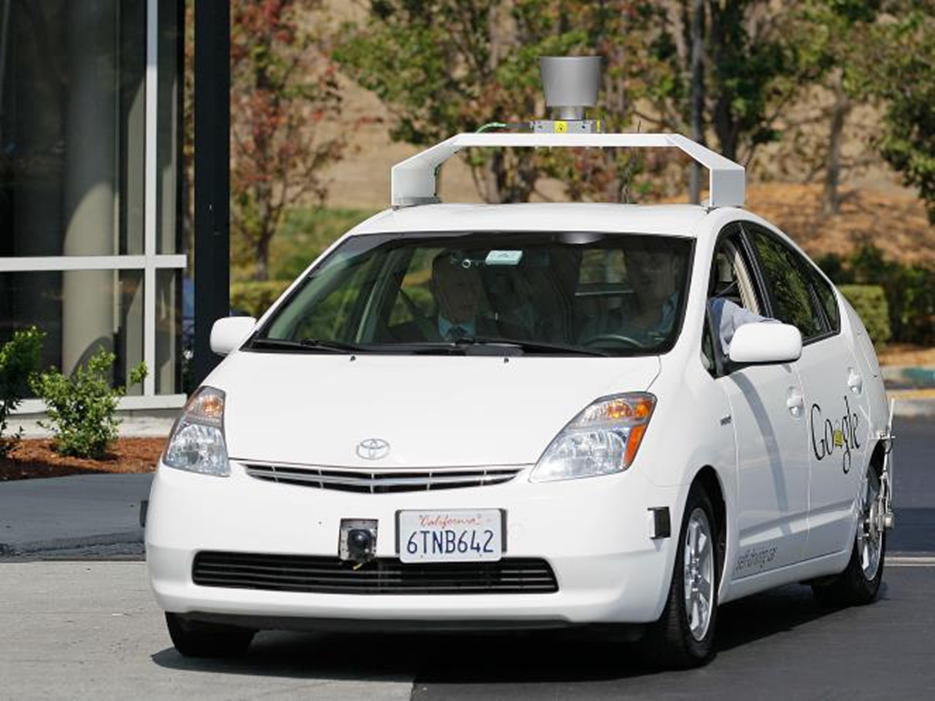Google, the Internet search giant, has been working on the driverless cars project for a while. Recently, Google has announced that its driverless cars are now safer than human motorists. This claim comes as the result of analysing testing data gathered over thousands of experimental miles of assessment.
Google has been developing its controversial autonomous cars for several years, adapting a fleet of 10 vehicles – including six Toyota Prius hybrids, three Lexus RX450h off-roaders and an Audi TT – to drive by themselves.
Speaking at a robotics conference in Santa Clara, California, Google’s self-driving car programme director Chris Urmson believes the software controlling its robotised cars is safer than a human driver: “We’re spending less time in near-collision states,” he said. “Our car is driving more smoothly and more safely than our trained professional drivers.”
Each of Google’s self-driving cars is equipped with around $100,000 (£62,000) worth of sophisticated electronics, including a LIDAR system (laser radar used to help gauge distances) worth around $70,000 (£43,500).
Urmson’s claims, based on several years’ worth of testing data, tally with the programme’s impressive safety record so far.
Only two instances of Google self-driving cars involved in accidents have been recorded. In August 2011 one of the firm’s autonomous cars—being driven manually at the time by a human—was involved in a crash close to Google headquarters in California.
The other accident related to a driverless car being hit in the rear while stationary at traffic lights.
Not only does Google claim its software-controlled cars are safer than human drivers, but it also believes they are smoother, too. The firm has been testing autonomous vehicles on public roads since 2010, always with a human at the wheel ready to step in as a failsafe.
An analysis of the data over periods when the computer has been in control of the car compared to when the human has been responsible for inputs allegedly shows that the silicon chip accelerates and brakes more smoothly than the human, and leaves a safer following distance to the car in front.
Another benefit of the data recording system – and presumably a computer being in control of the vehicle—is that police and vehicle insurers can often tell who was at fault in an accident.
In the rear-end collision mentioned above, the car’s ‘black box’ data logger showed the Prius had come to a stop smoothly rather than jamming on the brakes, proving the driver of the vehicle behind wasn’t paying attention properly, according to Urmson.
“We don’t have to rely on eyewitnesses that can’t be trusted as to what happened – we actually have the data. The guy around us wasn’t paying enough attention. The data will set you free.”



